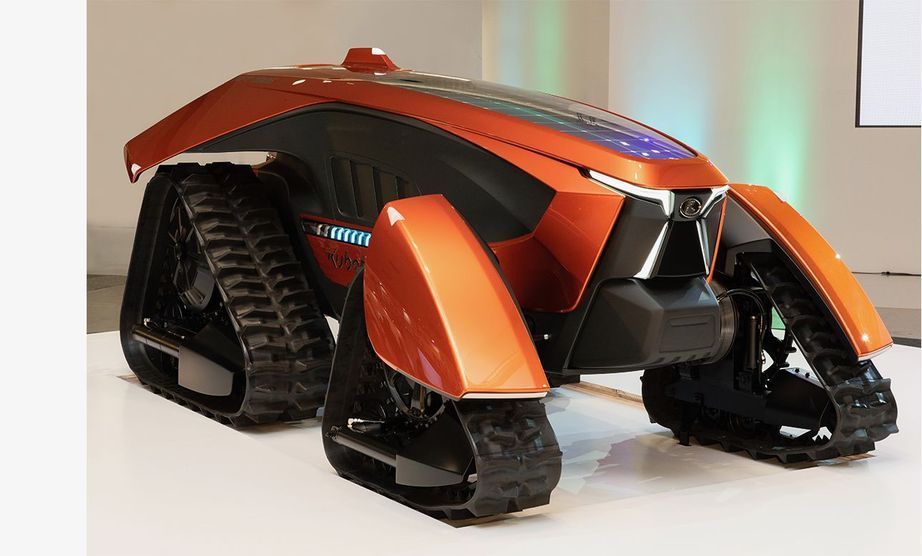Chip Walter discusses his book, “Immortality, Inc”, at Politics and Prose.
Living forever has always been a dream, but with today’s science, technology, and visionary billionaires, it may be a distinct possibility. At the very least, as Walter reports in this compelling investigation, immortality researchers are changing the way we view aging and death. Looking at the science, business, and culture of this radical endeavor, Walter, a science journalist, author of Last Ape Standing, and former CNN bureau chief, lays out the latest research into stem cell rejuvenation, advanced genomics, and artificial intelligence; talks to key thinkers such as Ray Kurzweil and Aubrey de Grey; and takes us into the Silicon Valley labs of human genomics trailblazer Craig Venter and molecular biologist and Apple chairman Arthur Levinson. Walter is in conversation with Hilary Black, executive editor at National Geographic Books.
https://www.politics-prose.com/book/9781426219801
CHIP WALTER is a science journalist, filmmaker, and former CNN bureau chief whose books include Last Ape Standing and Thumbs, Toes, and Tears. His writing has appeared in The Economist, The Wall Street Journal, Scientific American, and National Geographic, to which he contributed the January 2015 cover story “The First Artists.” He has been interviewed on “All Things Considered” and Michio Kaku’s “Science Fantastic.”
Follow us on Twitter: https://twitter.com/PoliticsProse
Follow us on instagram: https://www.instagram.com/politicsprose
Like us on Facebook: https://www.facebook.com/politicsandprose/
Founded by Carla Cohen and Barbara Meade in 1984, Politics and Prose Bookstore is Washington, D.C.‘s premier independent bookstore and cultural hub, a gathering place for people interested in reading and discussing books. Politics and Prose offers superior service, unusual book choices, and a haven for book lovers in the store and online. Visit them on the web at http://www.politics-prose.com/







